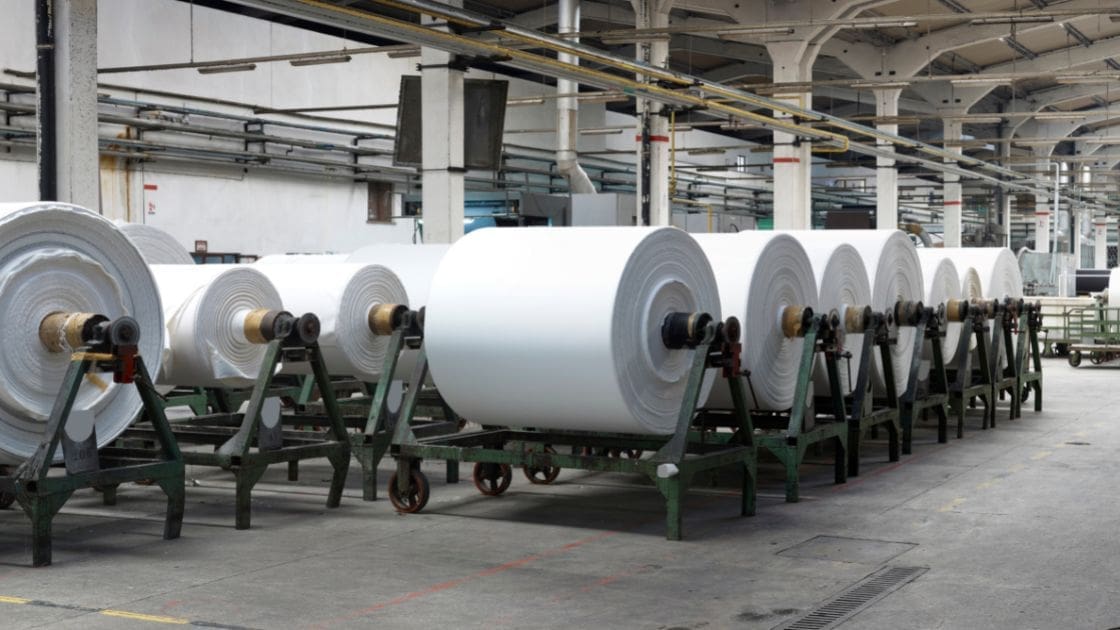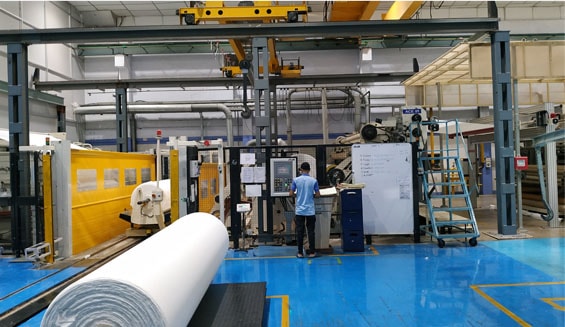How Global Shifts in Fabric and Trim Sourcing Are Reshaping Custom Outerwear Supply Chains
As Chinese garment manufacturers expand their operations abroad, the ripple effect on the supply chain is both significant and strategic. This evolution isn't just about relocating sewing lines-it's about transforming the entire ecosystem. From base fabrics to essential accessories like zippers and labels, every link in the supply chain is being restructured to support a global production model. In today's competitive B2B landscape, agility, regional proximity, and responsiveness are no longer optional-they're essential for avoiding tariff barriers and meeting tight production schedules.
Localized Fabric Sourcing in B2B Garment Production

Historically, a large share of the world's knitted and woven fabrics has been sourced from China. These fabrics formed the backbone of global apparel supply chains. However, as garment production increasingly shifts to Southeast Asia and Africa, the industry is witnessing a parallel migration of textile production. This change is helping to close the gap between fabric suppliers and garment manufacturers, making the entire process more efficient and cost-effective.
Countries like Vietnam, Cambodia, and Indonesia are experiencing a wave of investment in textile mills, much of it led by Chinese manufacturers and regional investors. These facilities are strategically located near major garment factories, significantly cutting down transport times and minimizing supply chain disruptions. For B2B buyers, this proximity means shorter lead times, more reliable deliveries, and the ability to respond quickly to market trends-key benefits when managing seasonal demand or customized apparel production.

In Bangladesh, the trend is taking an even more integrated form. Several large-scale textile parks backed by Chinese investors have emerged, bringing spinning, weaving, dyeing, and finishing processes into one centralized location. This "full-package" approach supports comprehensive apparel manufacturing that meets the expectations of international buyers looking for one-stop sourcing solutions. It also allows suppliers like Hebei Loto Garment to offer streamlined, high-quality services with improved speed and flexibility.
This strategic movement of fabric production ensures better quality control, reduces dependence on long-distance shipping, and aligns supply chains more closely with the garment production cycle. It's a smart, forward-thinking model that reflects the future of B2B garment manufacturing.

Trim and Accessory Supply Chain Optimization for B2B Apparel Manufacturing
Zippers, Buttons, and Labels: Small Items, Big Impact
While often overlooked, garment trims-like zippers, buttons, and branded labels-play an outsized role in production timelines. Even minor delays in these components can bring entire manufacturing operations to a halt. In response, accessory suppliers are also globalizing their operations, setting up production closer to garment hubs to reduce lead times and improve supply chain efficiency.
01
A standout example is SBS Zipper, one of China's top zipper manufacturers. Recognizing the need to stay near its clients, SBS has launched overseas production units in Vietnam and India. This move allows them to serve relocated factories more efficiently and maintain consistent delivery schedules-a critical advantage for B2B manufacturers managing complex production timelines.
02
Meanwhile, YKK, the globally recognized Japanese zipper brand, has continued expanding its international footprint. With production sites across Southeast Asia, Latin America, and now Africa, YKK is ensuring it remains closely connected to garment hubs around the world. Their distributed model supports B2B clients with reliable access to high-quality trims wherever their production is based.
03
These shifts in accessory production bring measurable benefits to B2B garment manufacturers. By minimizing transportation times and avoiding customs delays, brands can better control costs, meet tight deadlines, and maintain consistency in quality. For Hebei Loto Garment, these global supply partnerships allow us to offer our clients faster turnarounds and integrated trim sourcing-making customized outerwear production more efficient from start to finish.
04
Why Supply Chain Diversification Matters for B2B Clothing Brands
As the global garment industry evolves, supply chain diversification has become more than just a strategic advantage-it's a necessity. From sourcing fabrics closer to manufacturing hubs to aligning trim suppliers with regional production, these changes are designed to serve one goal: delivering better, faster, and more reliable apparel solutions for B2B clients.
At Hebei Loto Garment, we've embraced this transformation by building a flexible, global supply chain that supports custom outerwear manufacturing with unmatched precision and efficiency. By partnering with textile mills and accessory suppliers across Asia and Africa, we ensure every detail-whether it's the fabric, zipper, or branded label-is perfectly aligned with your production timeline and quality expectations.
Whether you're a fashion label, a workwear brand, or a uniform supplier, our vertically integrated and globally connected model is built to meet your specific needs. We invite you to explore how Hebei Loto Garment can be your strategic partner in customized outerwear manufacturing-delivering not only great products but a smarter, more responsive supply chain.








